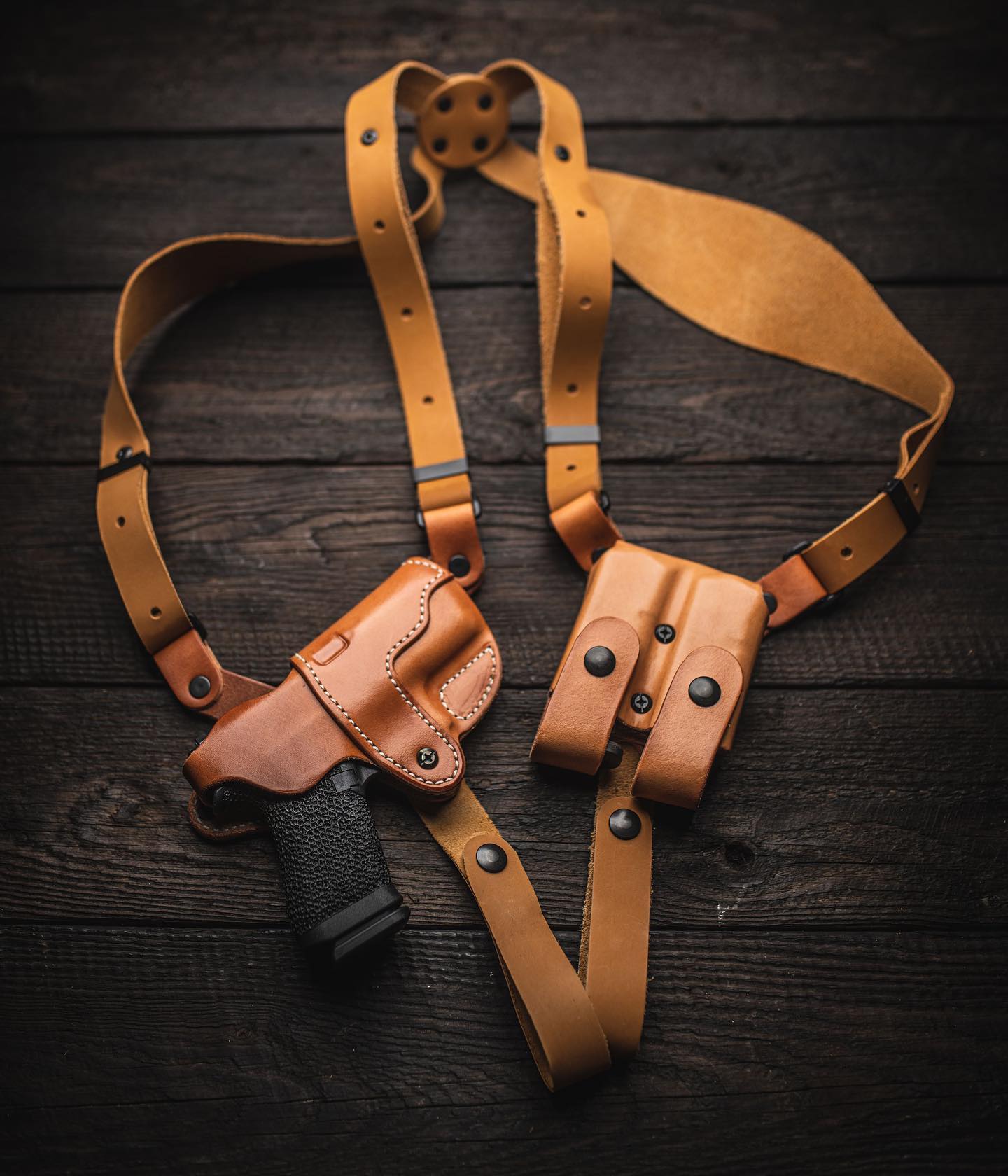Fluidizing blenders have become a staple for commercial mixing companies. However, they are still new to the blending communities. These are machines that are perfect for coating solids with powders. The mixing hopper is similar to that of a ribbon blender but is more gentle with powders. That said, they operate very differently and come with unique challenges that other blenders don’t present. Here are some of those challenges you could face when working with powders.
1. Powder Blowing Out and Around the Hopper
When you notice powder blowing out of and around the mixing hopper, you’ll know that you are not on the way to successfully creating a fluidized bed gasifier and you have a problem. Generally, this problem occurs when machines are overfilled, the blades are spinning too quickly, or both. That said, you could also be using too fine of a powder for the solids you are trying to coat, or you could need to clean the vents.
2. Insufficient Mixing of the Powder
Sometimes your fluidizer will not mix the powder with the solids thoroughly. If this occurs, check that you are using a fast enough mixing speed, your machine doesn’t have a clog, the powder is not too small for the solids, and that the powder itself is not compacted due to age.
3. Stratification
When coating with multiple powders, you’ll notice that they can stratify in the mixing hopper. Stratification is when the different powders separate into layers based on their weight. Generally, you’ll only experience this problem if you are working with unbonded metallics. You’ll be able to identify stratification when using colored powders because the layers will stand out in the mixing process.
Fluidizing blenders are becoming more popular for coating solids with powders. That said, they come with a unique set of challenges that you must learn to overcome if you plan to mix ingredients with one.
 Blog For Noob Random thought of a Noob Blogger
Blog For Noob Random thought of a Noob Blogger









